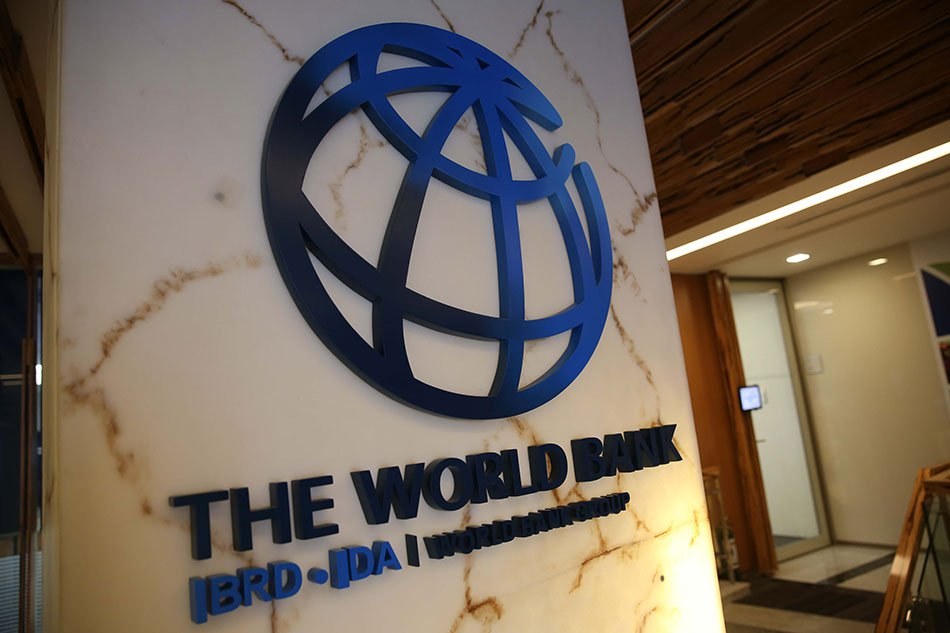According to a report by the World Bank, Africa’s most populous nation Nigeria, accounted for the highest remittance flow into sub-Saharan Africa in 2022.
Remittance flow into the region reached $53 billion, and Nigeria accounted for 38% ($20.1 billion), followed by Ghana and Kenya with $4.7 and $4.1 billion respectively.
Zimbabwe recorded $3.1 billion, followed by Senegal at $2.5 billion, the Democratic Republic of Congo at $1.7 billion, Sudan at $1.5 billion, Uganda at $1.3 billion, Mali at $1.1 billion, and South Africa at $900 million.
Tekedia Mini-MBA (Sep 11 – Dec 2, 2023) has started; registration continues here
Tekedia AI in Business Masterclass opens registrations here.
Join Tekedia Capital Syndicate and co-invest in Africa’s finest startups here. Next cycle begins Oct 2, 2023.
Remittance flows to Sub-Saharan Africa grew by 6.1% in 2022 to $53 billion. The trend was largely driven by strong remittance growth in Nigeria (38%), Ghana (12%), Kenya (8.5%), Tanzania (25%), Rwanda (21%), and Uganda (17%).
Meanwhile, growth in remittances to the Middle East and North Africa fell by 3.8% to $64 billion in 2022 after posting strong growth of 12.2% in 2021. Economies in the region that saw slight gains in remittance flows included several Maghreb countries.
However, according to the World Bank report, the overall rise in remittances to the Sub-Saharan region helped several struggling African nations that are grappling with drought, floods, and debt servicing issues.
Also, the World Bank stated that compared to foreign direct investment (FDI), official development assistance (ODA), and portfolio investment flows, remittances have continued to represent an even larger source of external finance for MICs over the past year.
This is to say that remittances have become several of these countries’ most important foreign exchange earners.
Globally, the average cost of sending $200 was 6.2% in the fourth quarter of 2022, up slightly from 6% a year ago, and more than twice the Sustainable Development Goal target of 3%, according to the Bank’s Remittances Price Worldwide Database.
The World Bank revealed that Banks are the costliest channel for sending remittances, with an average cost of 11.8%, followed by post offices (6.3%), money transfer operators (5.4%), and mobile operators (4.5%). While mobile operations are the cheapest, they account for less than 1% of total transaction volume.
In 2023, remittance inflows are projected to grow by 1.7% with the outlook differentiated across regional subgroups depending on dominant host countries and the degree of exposure to higher inflation and financial volatility.
It is worth noting that while remittance flow in Africa has multifaceted impacts, ranging from economic stability to poverty reduction and improved access to healthcare, governments in this region must also consider how to manage the challenges associated with remittances to ensure their positive effects are maximized.
In this light, the Central Bank of Nigeria (CBN) has continued to urge Nigerians abroad to consider eNaira as a payment option for diaspora remittances.
In a circular addressed to the International Money Transfer Operators (IMTOs) and the public and signed by CBN’s director of Trade and Exchange Department, Ozoemena Nnaji, the CBN noted that the move was in furtherance of efforts to liberalize the payout of diaspora remittances.
Like this:
Like Loading…



